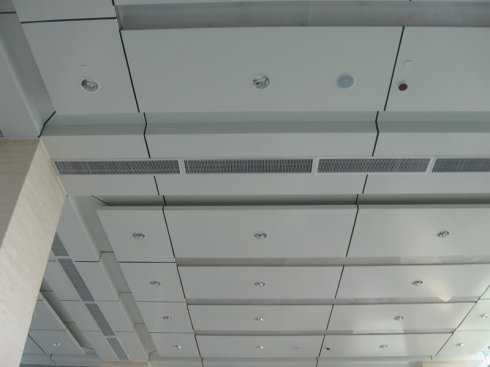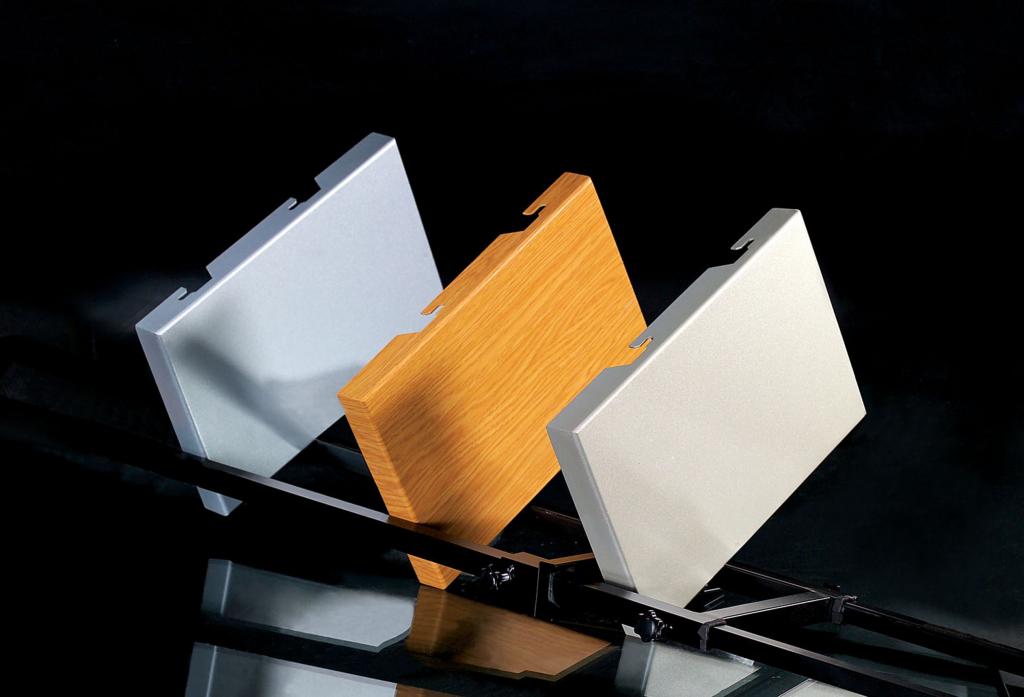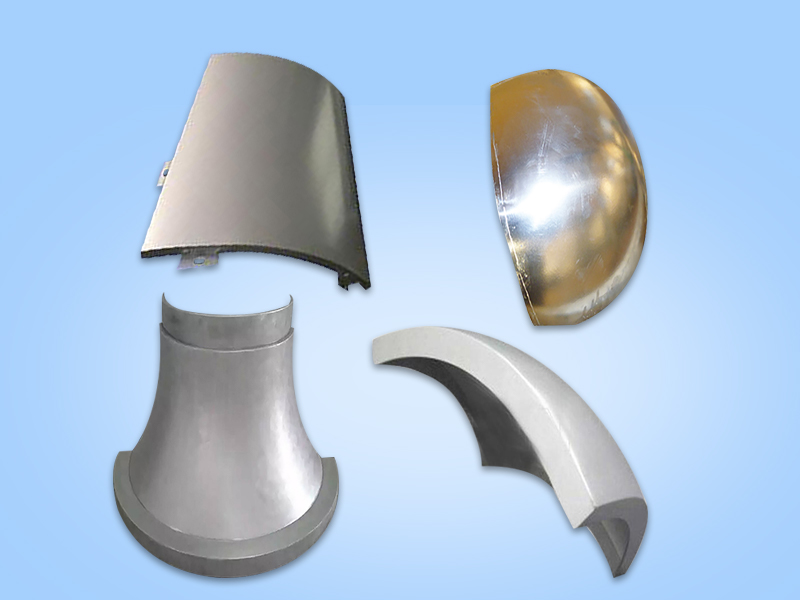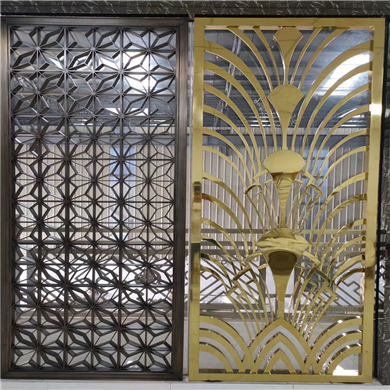Industry information
Company News
- Aluminum veneer curtain wall, the secret behind the beauty of architecture
- Customized aluminum veneer, creating a new trend of personalized space!
- The charm of aluminum veneer: it's not just about being lightweight!
- Curtain wall aluminum veneer: creating a new style of modern architecture
- Customized aluminum veneer to create your own fashionable space
Industry dynamics
- Strength testing of aluminum veneer and analysis of its role in construction
- Material selection and performance analysis of aluminum panel curtain wall
- Punched aluminum veneer: the "breathing" window of modern architecture
- Carved aluminum veneer, an artistic window in modern architecture
- The fashion secret of fluorocarbon aluminum veneer: durable and good-looking
Frequently asked questions
- What is the future market development trend of aluminum veneer?
- What factors affect the production and sales of aluminum veneer?
- What is the processing and manufacturing process of aluminum veneer?
- What is the sales market for aluminum veneer?
- What are the product characteristics of aluminum veneer?
contact us
Mobile:+86 15627778610
Email: 2201229786
Address: No. 5 Binjiang Road, High tech Zone, Zhaoqing City, Guangdong Province
What are the sustainability assessment methods for aluminum veneer in building exterior design?
- Author: Supreme Building Materials (Guangdong) Co., Ltd
- Release time: February 21, 2025 at 02:16:15
- Click:0

With the increasing emphasis on sustainable development, sustainability assessment methods in building exterior design are also receiving more and more attention. Aluminum veneer, as a new type of exterior wall decoration material, has great potential for sustainable development. Let's take a detailed look at the sustainability assessment methods of aluminum veneer in building exterior design.
1、 Energy consumption assessment
Energy consumption is one of the important indicators for evaluating the sustainability of building exterior design. Aluminum veneer, as a green and environmentally friendly material, has excellent energy-saving and environmental performance. When evaluating the energy consumption of aluminum veneer, it is necessary to consider its low thermal conductivity coefficient, which can reduce the energy consumption of buildings; Aluminum veneer has good breathability, which can improve indoor air circulation and reduce the use of air conditioning. When evaluating the energy consumption of aluminum veneer, it is necessary to conduct a reasonable assessment and analysis based on the actual situation and specific needs.
2、 Material Sustainability Assessment
Material sustainability assessment is one of the important indicators for evaluating the sustainability of building exterior design. Aluminum veneer, as a green and environmentally friendly material, has excellent reusability and circular economy performance. When evaluating the material sustainability of aluminum veneer, it is necessary to consider its reusability and circular economy performance, such as the recycling rate of aluminum veneer and the biodegradability of the material. It is also necessary to consider whether the production process of aluminum veneer meets environmental requirements, such as whether harmful substances are used. When evaluating the material sustainability of aluminum veneer, it is necessary to conduct a reasonable assessment and analysis based on the actual situation and specific needs.
3、 Environmental Impact Assessment
Environmental impact assessment is one of the important indicators for evaluating the sustainability of building exterior design. Aluminum veneer, as a green and environmentally friendly material, has excellent energy-saving, environmental protection and environmental performance. When evaluating the environmental impact of aluminum veneer, it is necessary to consider the impact of its production process on the environment, such as whether pollutants are generated; It is also necessary to consider the impact of the use of aluminum veneer on the environment, such as whether it increases urban noise and light pollution. When evaluating the environmental impact of aluminum veneer, it is necessary to conduct a reasonable assessment and analysis based on the actual situation and specific needs.
4、 Conclusion
The sustainability assessment methods for aluminum veneer in building exterior design mainly include energy consumption assessment, material sustainability assessment, and environmental impact assessment. By selecting and applying aluminum veneer materials reasonably, more sustainable development opportunities and possibilities can be brought to building exterior design. It is also necessary to select aluminum veneer products and service providers that are suitable for local characteristics based on actual situations and specific needs, in order to ensure the safety, stability, and aesthetics of buildings.







 Customer service QQ
Customer service QQ